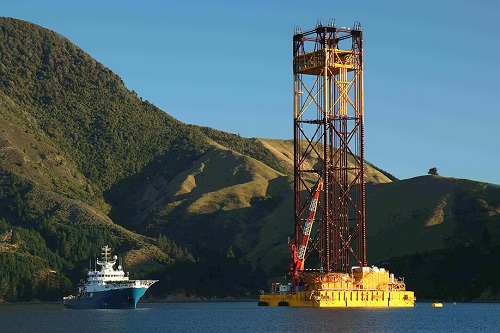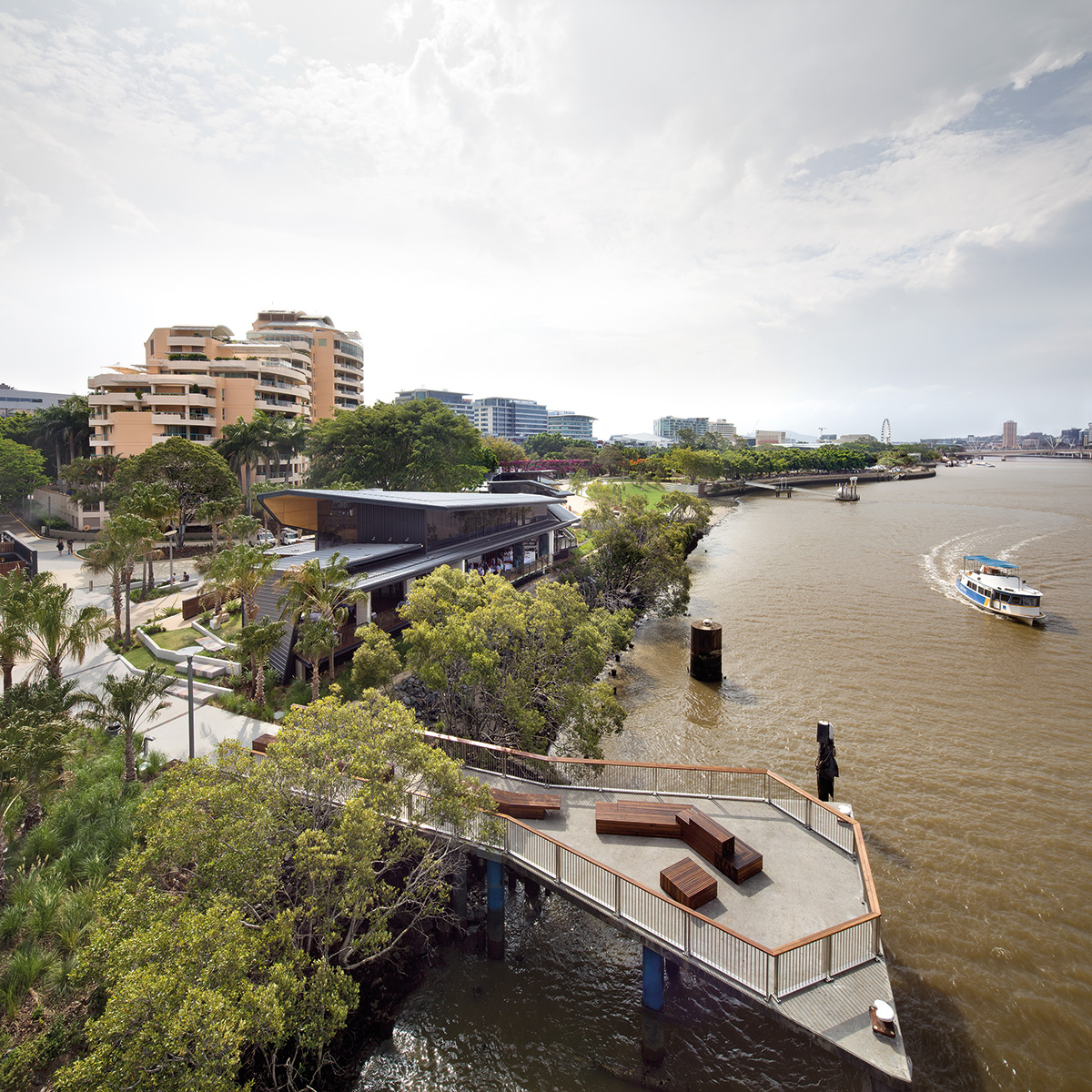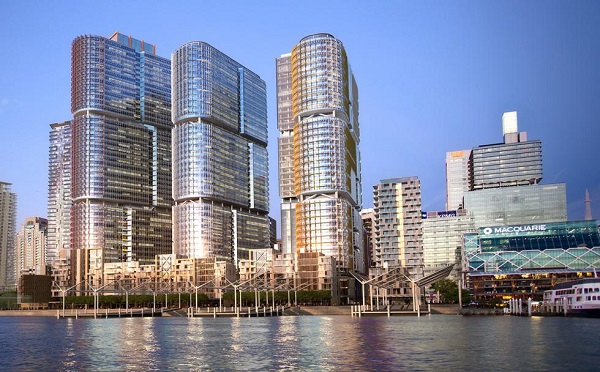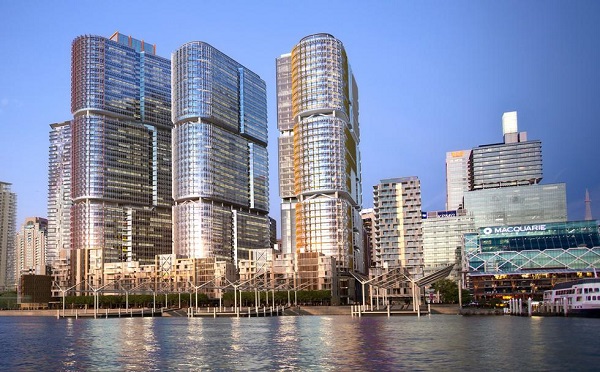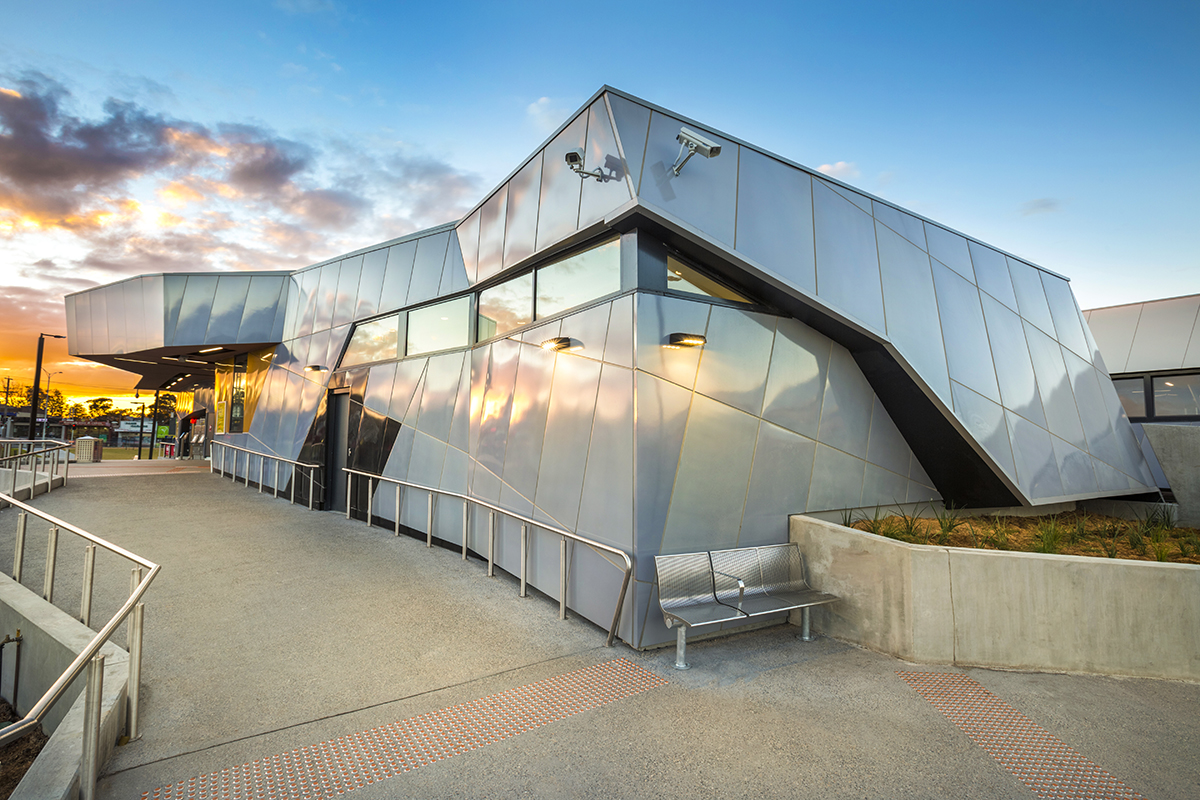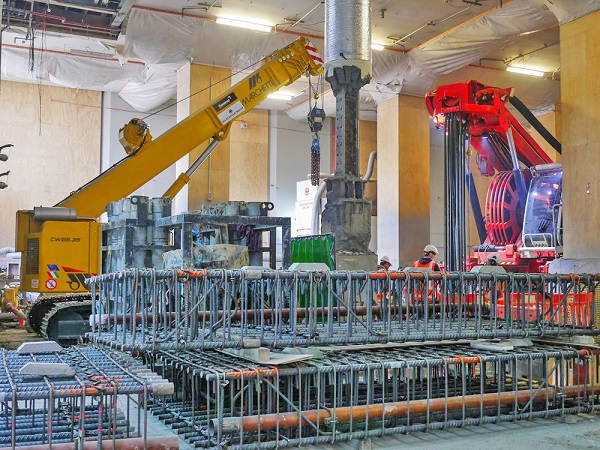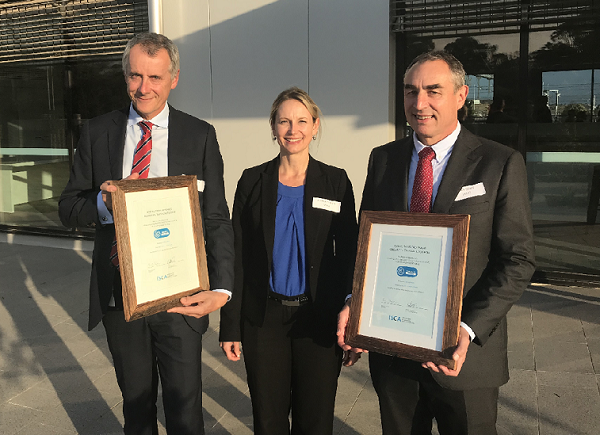
Chris Meale is the international keynote speaker at the WA Conference on July 18. We sat down with the former Project Director of City Rail Link to gain insights into his 20 year plus career in rail delivery projects in Australia and New Zealand.
To register for or find out more information about the Western Australia Conference, please click here.
Q1 You led the City Rail Link Project as Project Director since 2012 up until your retirement in March 2018, what are you most proud of?
A Being part of an inspiring, talented and committed team charged with delivering New Zealand’s largest transport infrastructure project, (certainly the largest to be constructed in the middle of a NZ CBD), and the first to involve underground passenger rail services, in what will be a truly transformational project for Auckland, not only in a transport sense but also as an enabler of economic and development growth.
From startup in 2012, when it was little more than an unfunded political dream, the project is now three years into construction, having navigated many challenges, technical, budgetary, political, legal, community disruptions, challenges which continue today. I’m proud of that.
It has also been pleasing to have had the freedom to set up the project with the aim of being an exemplar in sustainability principles and practice and to be pushing some boundaries here, including our partnership with manu whenua and ISCA.
The project construction has some years to run, but I am confident that once open, it will transform the role of rail as the backbone of Auckland’s public transport system and serve its citizens for many decades.
Q2 Before working on NZ City Rail Projects, where have you worked?
A I have spent the majority of my career, working in the infrastructure project space, initially in the power sector on both Hydroelectric and Thermal projects in NZ and the UK, a period in the major buildings arena in NZ, Australia and the Pacific, and for the last twenty years or so in rail. I moved to Sydney just before the 2000 Olympic games, and had a number of leadership roles on some rail projects there, including Epping to Chatswood Rail Link, (which is now part of Sydney Metro North West) Parramatta Station redevelopment, Sydney Metro in 2009, and then continued as Project Director with TfNSW on the design development of Chatswood to Sydenham Junction element of what is now the new Sydney Metro. I led the redevelopment of Wynyard station before returning to NZ in 2012 to commence my role at CRL.
Q3 Can you describe the similarities and differences between transport challenges in Australia compared to NZ?
A Apart from the obvious difference of scale, the challenges that face both countries are similar, that of dealing with the transport infrastructure needs of large rapidly growing urban communities which are struggling to find acceptable solutions in the face of funding and space constraints, all the while subject to the various and varying wishes of our politicians. Politically, in Australia there is the State/ Federal contest, in New Zealand we have the City/ Central Government version. Depending on the luck of any party alignment or not, this can prejudice any efficient and unified approach to solving the problems. All our major cities are struggling with the need to now provide transport infrastructure alternatives to motorways through densely populated urban areas, having come through forty plus years of road building as the solution.
Occasionally we see outstanding examples of some leadership and visionary thinking, which if fostered and politically supported can bring about results in cities benefitting for the long term. John Bradfield’s (the engineer responsible for the Sydney Harbour Bridge) work for Sydney of a hundred years ago has always been an inspiration in that context for me.
Q4 What impact has sustainability and sustainability frameworks such as ISCA had during your career in transport infrastructure?
A As a young mechanical engineer coming from a long line of engineers, working and hopefully maturing in an infrastructure design construction and operation arena, I have always held the view that we should be building assets of quality, planned for efficient whole of life operation, ease of maintenance, minimal energy consumption (that goes way before I ever heard of low carbon emissions!) Preserving the future for my grandkids. This has been a guiding principle for me throughout my career.
I was involved with commercial building projects in the early days of WGBC rating schemes and saw the benefits of establishing targets for our design work there.
While the ISCA IS framework is comparatively new, I was pleased to promote its introduction to CRL, from the need to move the sustainability discussion from one of ideology to setting some specific targets and embodying these into contractual requirements of our various supply and delivery contractors and partners. On the CRL project we have established a very successful relationship with the ISCA team and with others influenced some changes to the IS rating framework to make it more reflective of the NZ scene, in areas of water use, and particularly in the emphasis on engagement with Manu Whenua principles.
Q5 You’ve got some great insights into what the last 20 years of transport infrastructure has done, what about the next 20 years? What do you see on the horizon of how we can do things better?
A Much is said in everyday life about the importance of team work and collaboration as the only real formula for success in any endeavour, be it in work sport or at home. I subscribe to this view.
The same is true in planning infrastructure for the next 20 years. The urgency to provide attractive transport solutions as our urban populations continue to grow at speed, will call for new approaches, including the evaluation and adoption of the best of the great number of new technologies appearing almost every day. My view is that for some time at least, these initiatives while improving capacity to some degree, the area where we need to do better, is to agree the long term transport programmes for our cities and then get on with them, always open to incorporating the technological advances that will continue to be developed.
There is a trap in my view, of continuing to sit and wait for a miracle cure that will avoid the need to make up for years of lost progress in continued infrastructure investment.
There are some positive signs emerging in NZ, with the recently improved collaboration between City and State organisations. The test will be the evidence of a real sense of urgency and commitment resulting in infrastructure delivery to clearly articulated programmes.

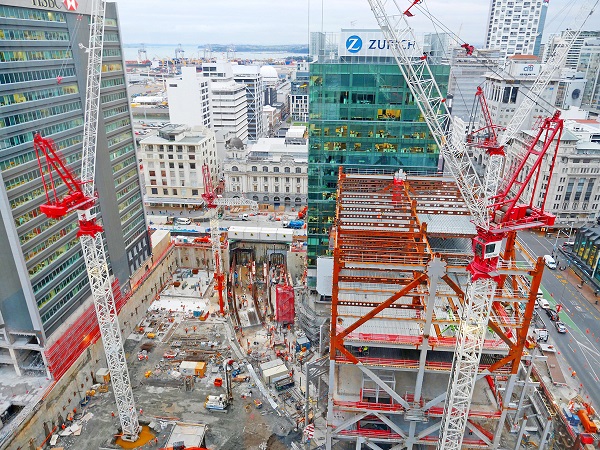
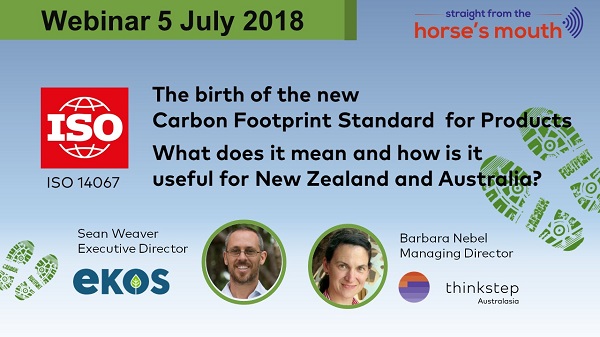
.jpg.aspx)
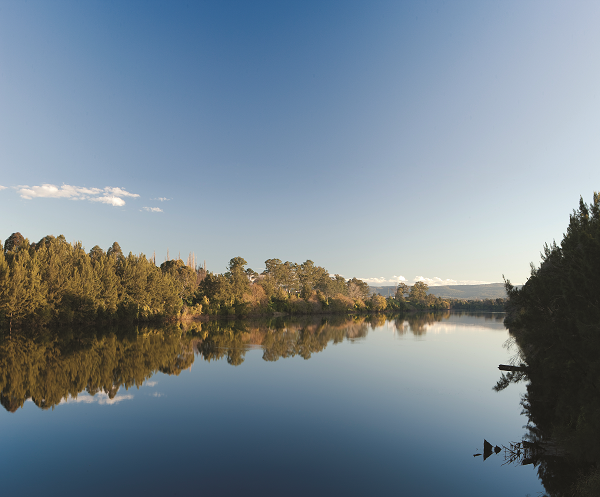
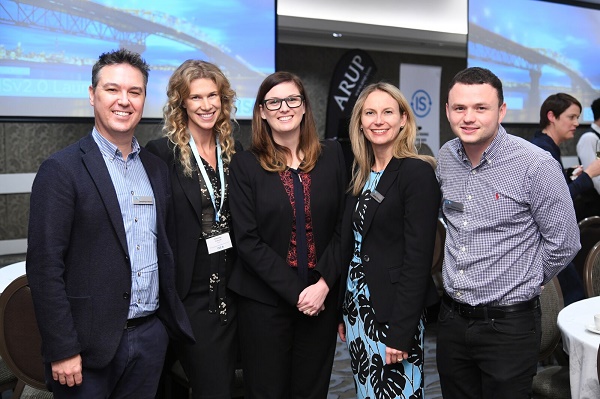

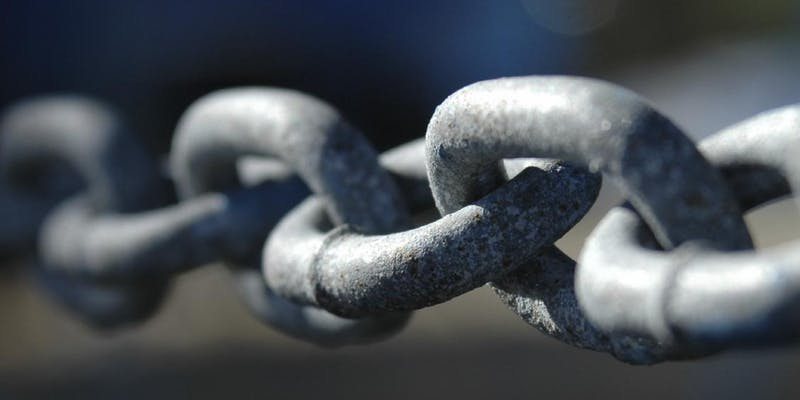
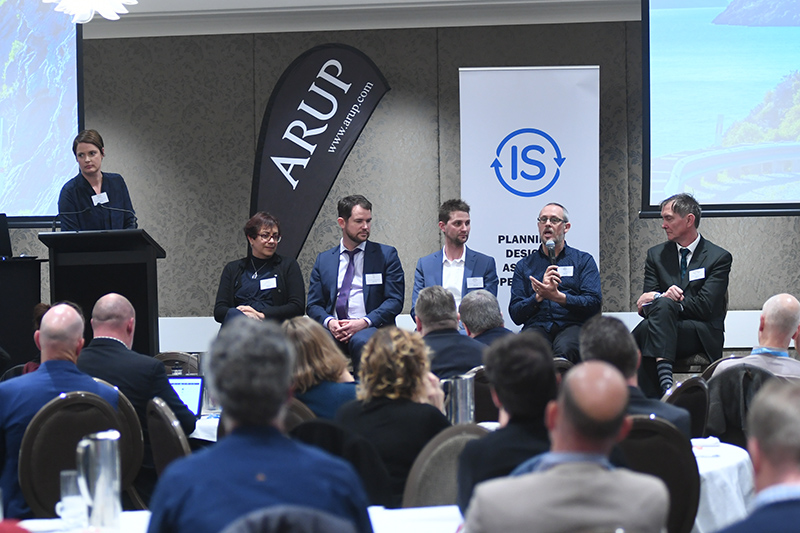
..jpg.aspx)
